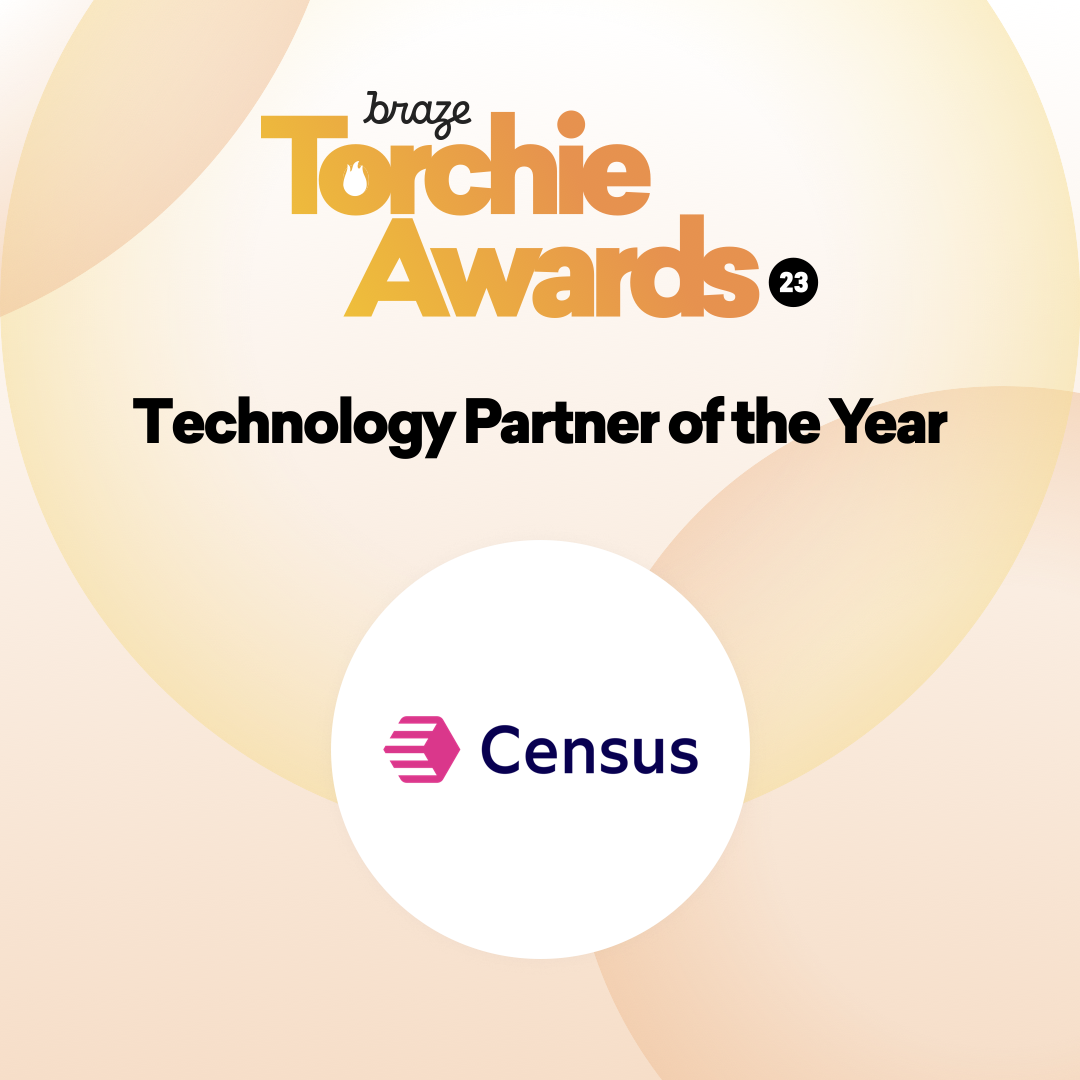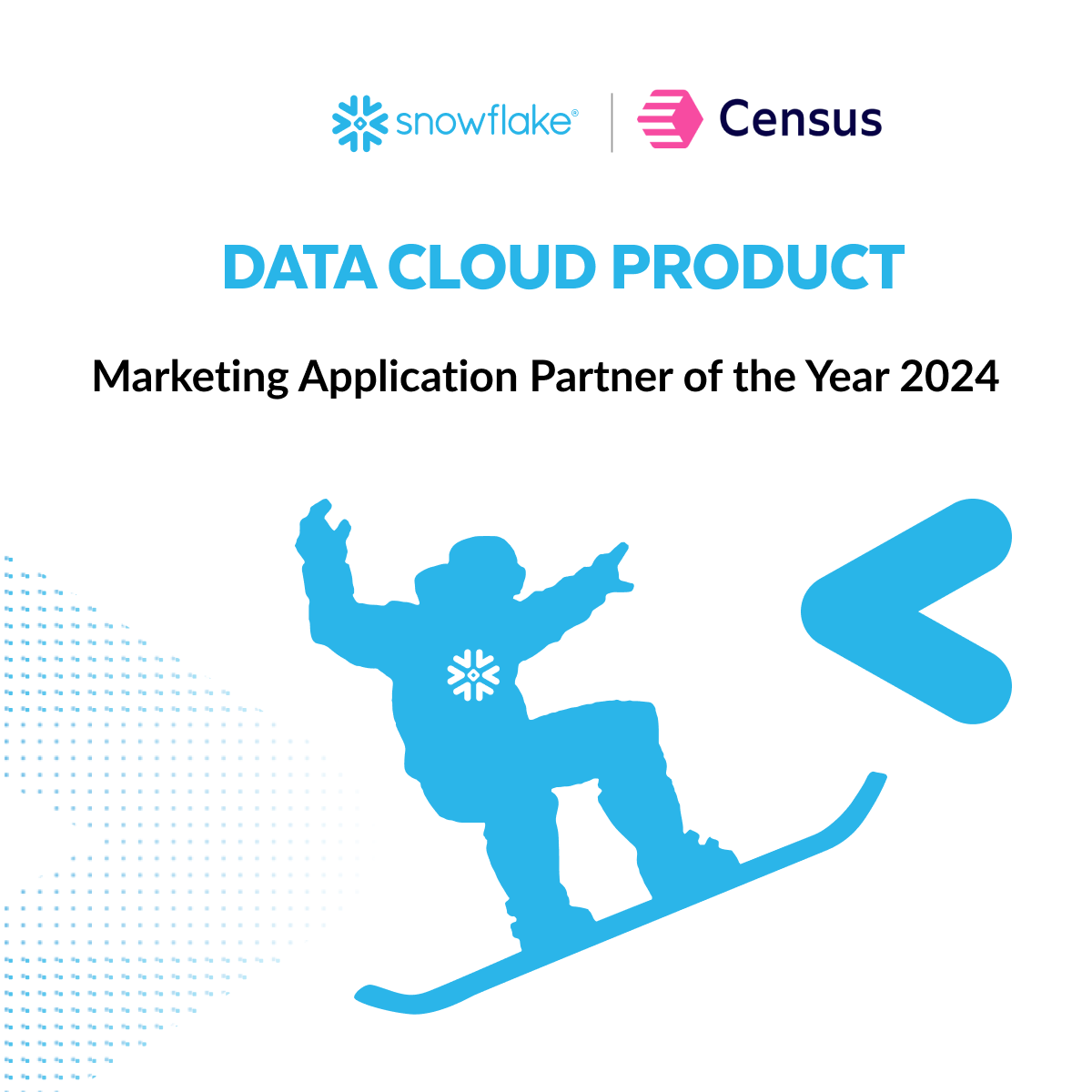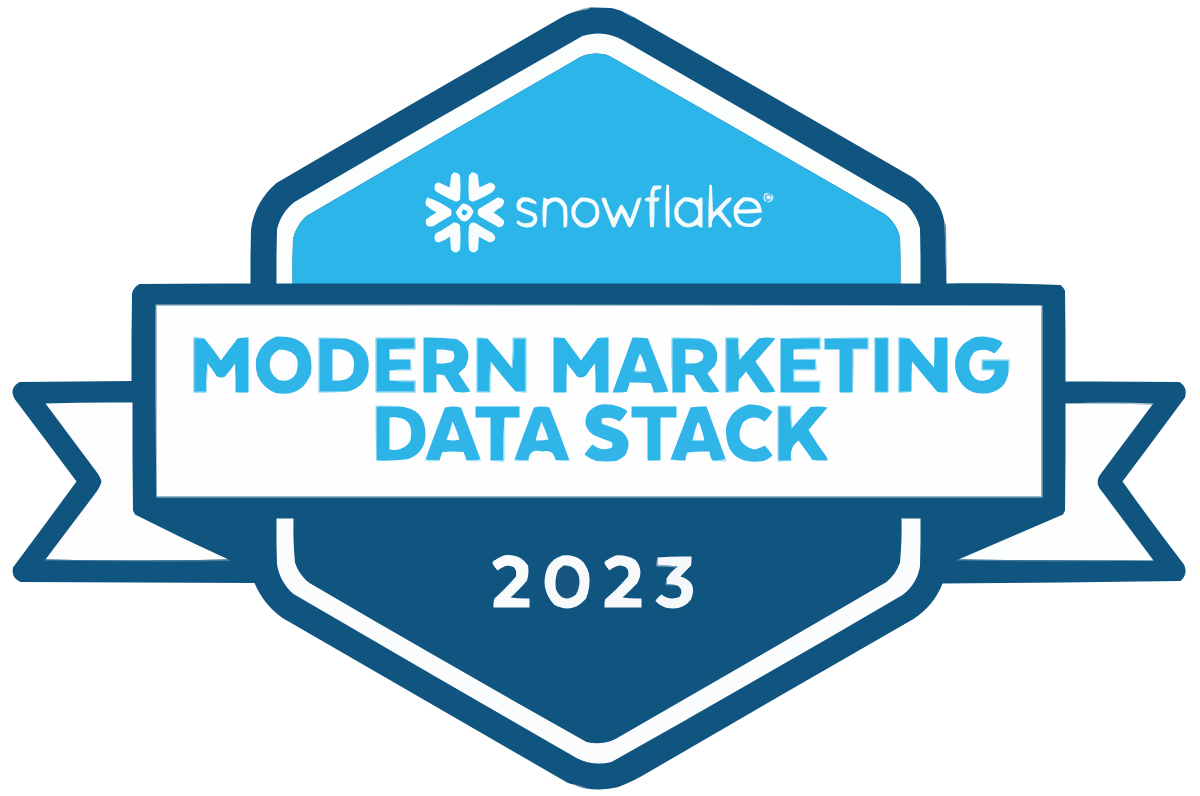Sync Postgres to Pendo
Help people adopt your software more successfully personalized experiences
Get a demo Try for free







Integration in Four Steps
Step 1: Connect Postgres
Connect Postgres with standard API and ODBC credentials.
Step 2: Connect Pendo as a destination
You can connect to Pendo by creating an API key in Pendo and providing it to Census in an intuitive interface.
Step 3: Define the core data that matters for your business
Write a SQL Statement. Select the records you want to sync from Postgres. Census will match records based on the unique identifier you provide (like email or ID).
Step 4: Schedule your sync
Choose your sync frequency with options to transfer data in real time, on a schedule, or triggered via our API.
Get a demoWhere can you sync your Postgres in Pendo?
Account Object
The account endpoint allows you to retrieve a single account's specific details by supplying an account ID as part of your request. The {accountId} referenced below can be found on the accounts list page or at the end of the url when viewing an account details page.
API Docs DescriptionVisitor
The visitor endpoint allows you to retrieve visitor specific details by supplying a visitor ID as part of your request. The {visitorId} referenced below can be found on the visitors list page or at the end of the url when viewing a visitor details page.
API Docs DescriptionA single source of truth in all your tools
Census is the easiest way to share a consistent view of your data across your entire business. Define your models, metrics, and business logic in your data warehouse and sync them to all your operational tools.
- Create trust in consistent metrics
- Automate confidently with clean data
- Simplify your data integration strategy
- Improve data security and visibility
Helping business & data teams collaborate at








Advantages of Census
Build once. Reuse everywhere.
Once you define your models in dbt or in Census, you can sync them to all your tools, so every team is using the same data to achieve their goals.
No more CSV files & Python scripts
Focus on improving data quality and collaboration, not writing custom code to integrate with Go-t0-Market tools. Census takes care of getting the data into the hands of your business team. No engineering favors required.
It just works. At scale.
Whether you sync 100 records or 100 billion, we will keep your data in sync across your warehouse and your business tools. Census automatically navigates API failures and monitors errors to keep you aware of worst case scenarios.
Data Activation Use Cases
Syncing from Postgres
Postgres, also known as PostgresSQL, is a free and open-source relational database management platform, that emphasizes extensibility and SQL compliance. In this data analytics platform, you can build your complete customer data platform to improve the customer experience. Get your comprehensive unified profiles to sync them to your everyday business tools where you can get valuable business insights to help grow your customer base and business revenue.
Now you can use the data in Postgres for more than just analytics and BI. With Amazon Postgres you can operationalize your data across your entire customer data stack.
Learn how to use Census with 👉 our Postgres docs
Syncing to Pendo
Pendo offers product development solutions for software companies. Pendo's products use in-app guides, analytics, and feedback to help your company engage with customers, collect insights, and make informed product changes.
Learn how to use Census with 👉 our Pendo docs
Census connects to Postgres and syncs data to Pendo. With 200+ integrations (and counting!) and transparent pricing, it's never been easier to start operationalizing your data. This is what we like to call Reverse ETL.
Census is the #1 Data Activation and Reverse ETL platform




“Census is a big part of how we drive net new business and greatly reduce costs using data.”
Marc Stone VP of Data and Growth





From your data warehouse to all your teams, customers, and apps.
Without code or CSVs.
Take action with data today. Book a demo with one of our experts.






















